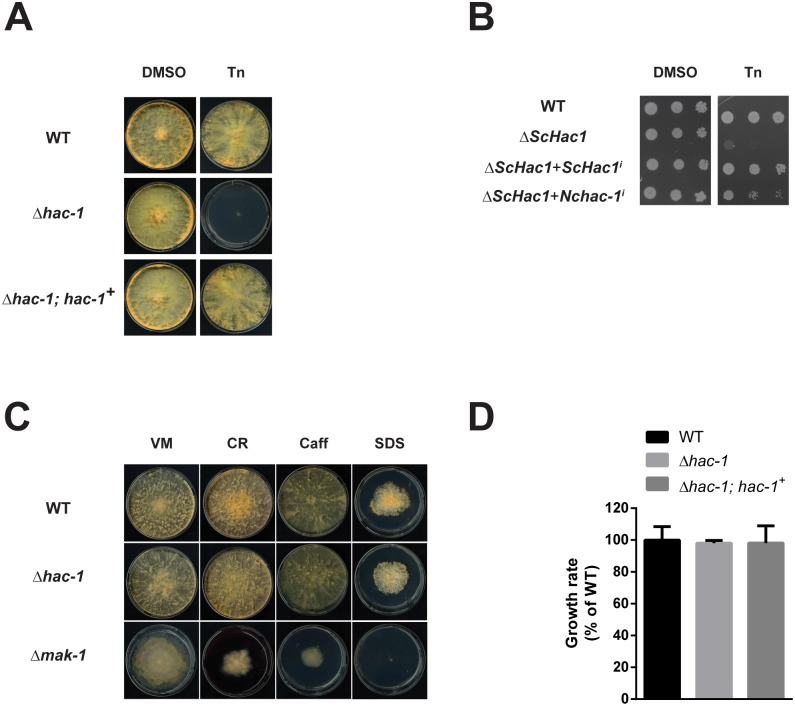Fig 3. The hac-1 gene is necessary to cope with ER stress in N. crassa, but is dispensable for cell wall stress.
Conidia from WT (FGSC #988), Δhac-1 and Δ hac-1 complemented with a WT copy of hac-1 (Δhac-1; hac-1 +), were inoculated on solid Vogel’s media (VM) with or without Tunicamycin (Tn). Plates were placed for 3 days at 25°C in constant light. DMSO was used as a vehicle control for Tn. B) Viability assay by serial dilutions of S. cerevisiae Δhac1 strains expressing either the yeast or the N. crassa hac-1 induced versions under the control of the S. cerevisiae ADH1 promoter. Ten-fold serial dilutions of logarithmic-phase cells were spotted onto SC-leu agar plates in the presence and absence of 0.2 μg/ml Tn and the plates were incubated for 6 days at 30°C. C) Conidia from WT (FGSC #988), Δhac-1 and Δmak-1 (FGSC #11321) strains were inoculated on solid Vogel’s media with or without the chemicals shown. CR: congo red; Caff: caffeine; SDS: Sodium Dodecyl Sulfate. Plates were placed for 3 days at 34°C in constant dark and then grown for an additional 24 h in constant light at 25°C before imaging. All phenotypic assays were performed at least 3 independent times with similar results. D) Conidia from the strains described in the figure were inoculated on race tubes containing solid Vogel’s media and were then placed under constant light conditions at 25°C for 5 days. Marks were done on the tubes every 24 h and the distance between the marks was used to calculate the linear growth rate per day. Bars represent mean expression values +/- 95% confidence intervals, from 4 independent biological replicates.

